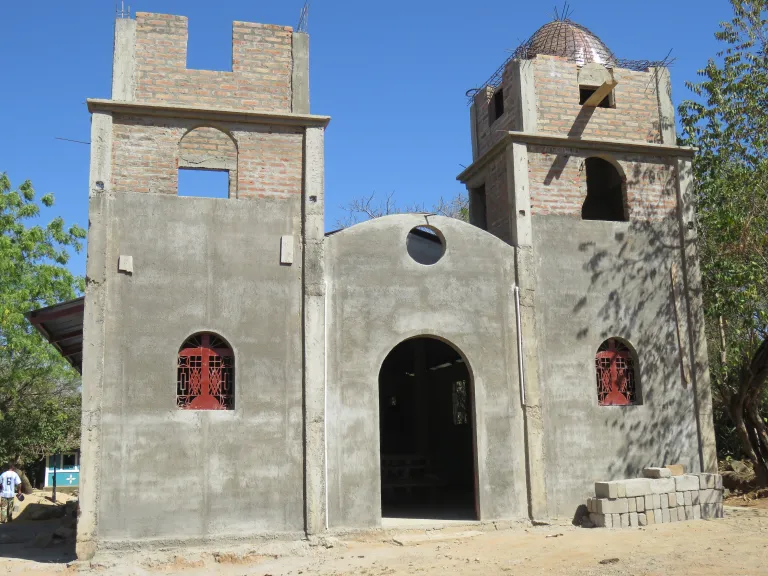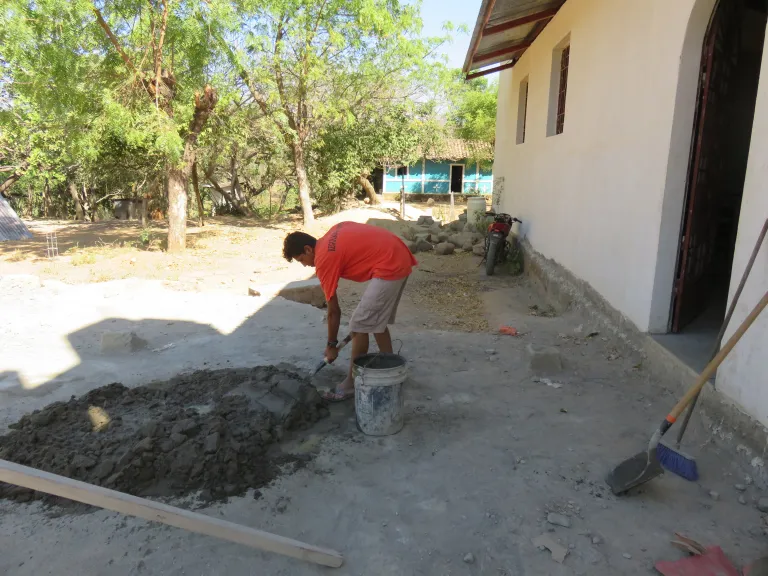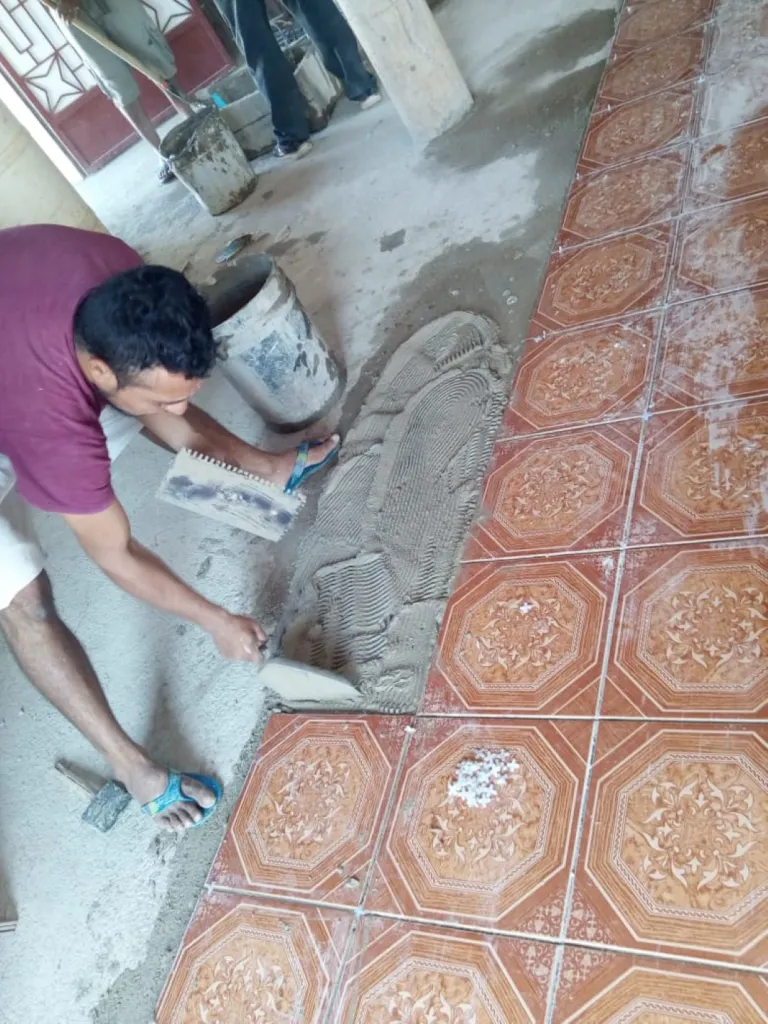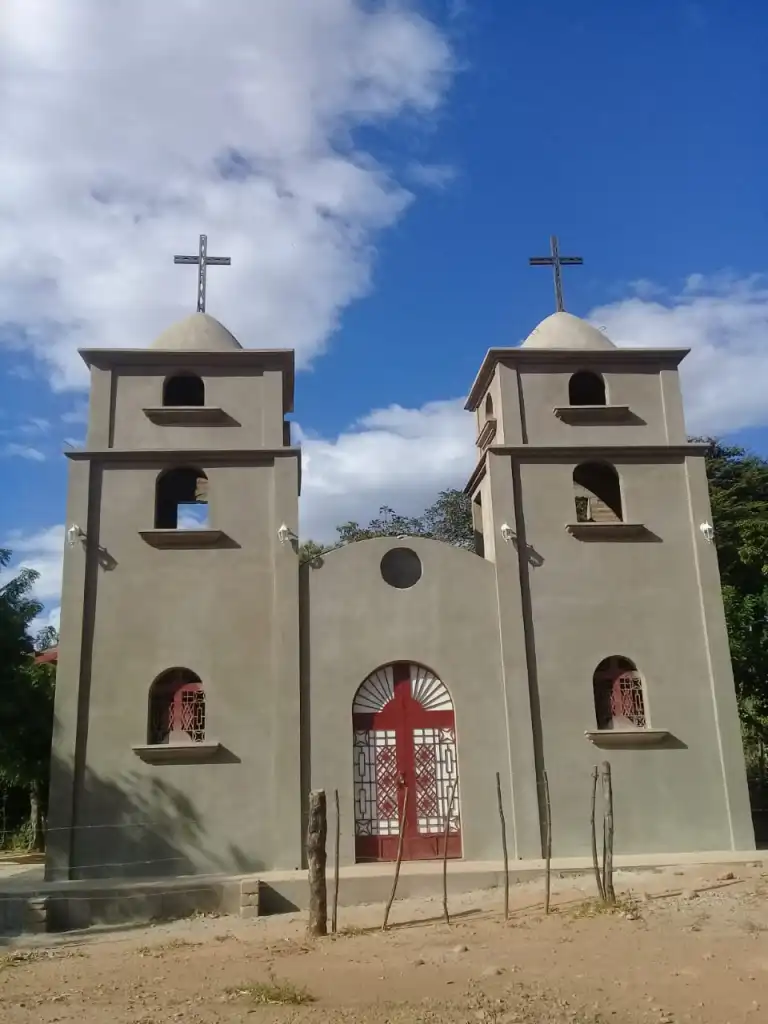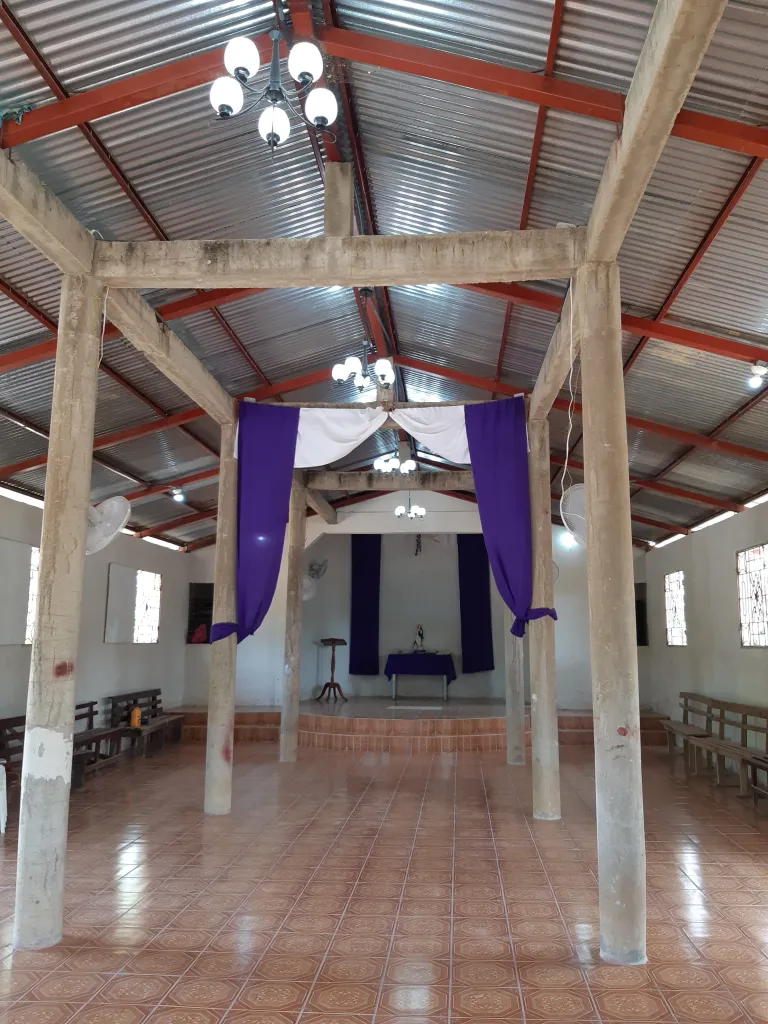La Carreta Church Upgrades
- Feb 1, 2021
- 4 min read

February 2020
Thanks to the fundraising efforts of Angy Spiller and the support she received from donors in the Olds/Trochu area of Alberta, final touches on this beautiful church in La Carreta were made possible.

La Carreta’s History
The Community “La Carreta” is located 19 kilometers from the Municipality of Somotillo in the northern region of Nicaragua.
According to legend and stories passed on by elders in the area, the community was founded in 1820 by the family of Mr. Benbenuto Cabrera.
With the passage of time, Mr. Cabrera understood the importance of establishing communication with people in other regions of the country. This motivated him to find a better and safer way to get around.
Troubled with this thought, he decided to build a cart with wooden wheels that could be pulled by a horse.
Over time he noticed that his horse would get tired very quickly. Faced with this situation, he thought that the cart could be pulled by two oxen instead as the stamina of oxen made it possible to travel longer distances and to carry heavier loads.
When Mr. Benbenuto Cabrera would visit neighboring communities, people were amazed and asked what the name of his transportation was and he would reply “Carreta” or cart in English.
The ‘Carreta’ became the most comfortable way to travel between regions and people asked Mr. Cabrera to build wagons and market them as a means of transportation.
Before his death, Mr. Cabrera asked that the region be given the name ‘La Carreta’. Today almost 200 years later, ox and carts are still used in the community.
The Community
The ‘La Carreta’ community is divided into five Sectors that have the following names: Higo, Reysoso, Quebrada Abajo, Los Lirios and El Valle.
The economy of La Carreta is based on agriculture with farmers in the area growing a variety of crops that include corn, sorghum, sesame, beans, watermelon, squash, pipián and cashew seed. Cattle are raised also raised and milk is processed into curd and cream.
The majority of people practice the Catholic faith and according to stories told by first inhabitants, there was no chapel to celebrate the Word of God in the community.
In order to carry out their faith, people would celebrate the Word of God in private homes in the community, following a rotation predetermined by the community.
Faced with the need to have a place to gather, in 1989 parishioners along with Mr. Andrés Martínez Ruiz, a lay person who was the representative of the priest from the area and Mr. Javier Castro Álvarez proposed the idea of building a chapel which would be the first in the community. The idea was accepted with open arms by the faithful.

Resident Mr. Octavio Espinoza donated the land for the chapel and community members organized themselves into groups to work on the project.
All materials for the chapel were hand crafted by the community. Blocks were made by mixing earth, water and grass, roof tiles were made with clay and wood was donated by parishioners. Parging cement for the walls and floor was donated by a priest with the name Marcos Decís.
Following the construction and completion of the building, it was inaugurated with a solemn mass presided over by the Bishop of the Diocese of León, Monsignor Cesar Bosco Vivas Robelo.
The first chapel was built with fragile handmade materials and over time, the roof and walls were falling apart and it was an earthquake in 2014 that made the structure unsafe to use.
In 2015, the delegated lay person Wilbert Ayala in coordination with members of the community decided to build a large and much stronger church which would guarantee the safety and comfort of the faithful.
The community organized themselves to build the new stronger church and in four months’ time, they handcrafted 10,000 bricks made of clay which provided the main building blocks for the structure. Money was raised through a number of activities that allowed for the purchase other construction materials.
Fundraising activities included:
Raffles, musical concerts and fishing
Some people grew sesame and donated a percentage of their profit
Nicaraguan and faithful friends made financial donations
People living abroad also gave financial offerings
Characteristics of the Church:
Dimension: 11 meters to the top of the bell tower x 8 meters wide and 21 meters in depth
The inside area has 3.4 meter high side walls sloping upwards to 5 meters in the center.
Missionary Delegation from Olds/Trochu
In November of 2017, a Missionary Delegation from the Olds/Trochu area of Alberta, coordinated by Angy Spiller arrived in La Carreta to work on a water project they funded.
For community members and their families, this was an important and new experience, being able to share work and moments with members of the delegation. It was during this time that delegation members noticed the shortcomings and what was remaining in the construction of the new Church.
Shortly thereafter, members of the delegation expressed their desire to financially support what was remaining to complete the structure. This included ceramic tile inside and outside the church, cement sidewalks on all four sides, power lights & ceiling fans and completion of the bell towers.
Thanks to the contribution made by members of the delegation, on March 6, 2019, the last materials were purchased and in June the Church of ‘La Carreta’ was completed.
The parishioners thank all of the collaborators who have made it possible for the Church to have new life in their community. They are proud to have a beautiful and pleasant building where community and visitors can meet. Currently 67 families participate in different events held in the Church.
Conclusion:
The projects executed by FUNDACCO in coordination with members of the Block and the beneficiaries have brought well-being and joy to the families involved.
Members of the community consider the spiritual support they receive very important. Human beings have material needs, but also spiritual needs that are met by listening to the Word of God in a place that meets the conditions for an intimate encounter with God.
The execution of this project has impacted the neighbors of the community, motivating them to take care of the temples they own, to believe that with perseverance and trust in God they can improve the conditions to serve God by assisting our brothers.
We bless the people who directly and indirectly collaborated to beautify the House of God in the “La Carreta” community.
